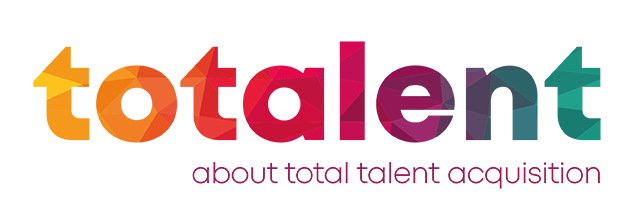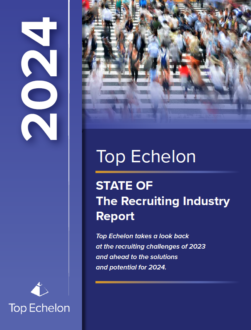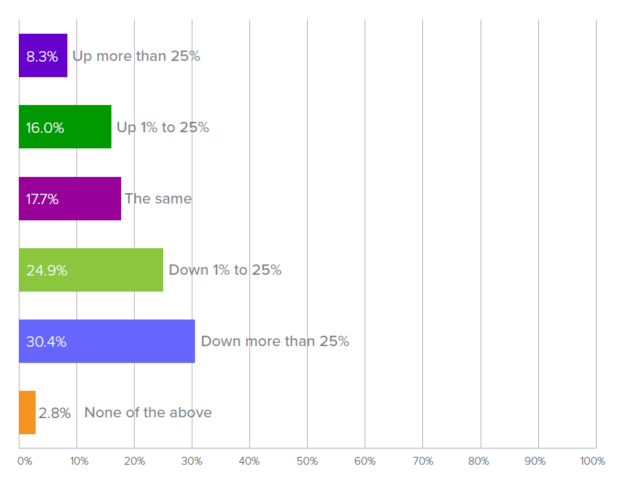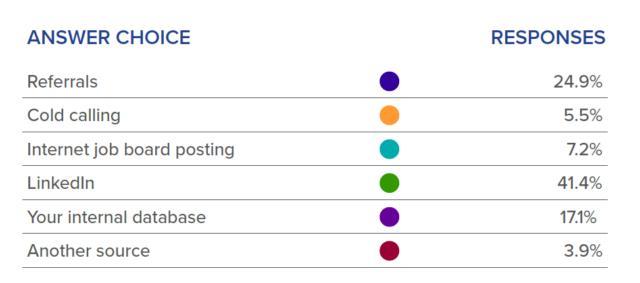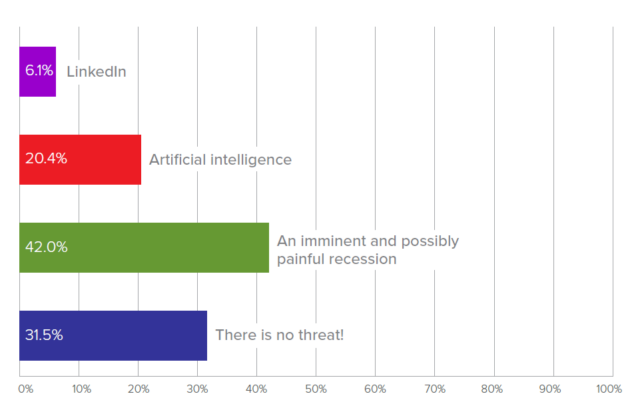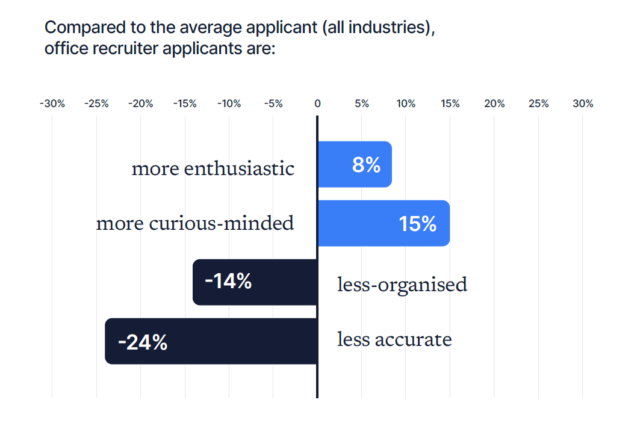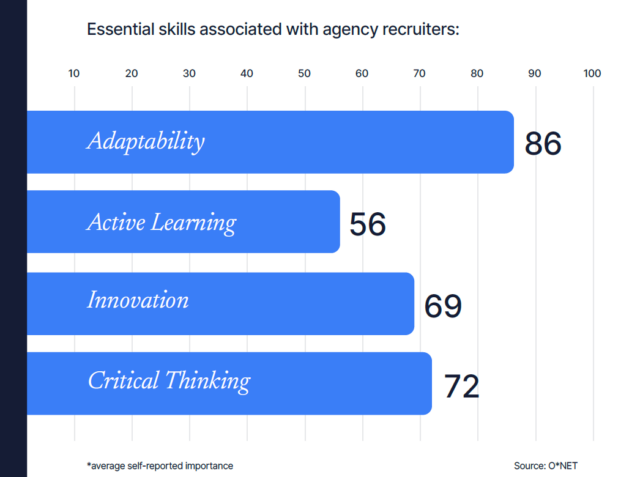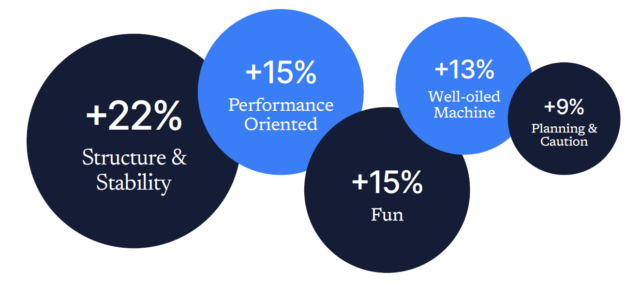Today, we’re looking at their promises. We’ll be covering:
- Job descriptions: Writing job descriptions within minutes
- Candidate screening: Finding the right match
- AI interviews: Candidate vs Bot
- Ethical questions: The challenges ahead
Transforming Job Descriptions
Imagine starting with the task of writing a job description for a new UX designer role. Instead of interviewing the hiring manager and spending hours crafting the perfect post, Braintrust AIR automates this process. You simply input the job title and a small description, and the AI generates a detailed, tailored job description. This is something we’re seeing more and more, with tools like RecruitAgent as well. However, we’ve learned that the quality of these descriptions can vary depending on the initial input and the AI’s understanding of specific roles. The more detailed input, the better the job description.
The world’s first AI recruiterStreamlining Candidate Screening
Once the job is posted, applications start rolling in. In this state Braintrust AIR assumes you will be sifting through hundreds of resumes to benefit from their candidate screening. Braintrust AIR then steps in to analyze these applications quickly, filtering out so called ‘unsuitable’ candidates and highlighting the most promising ones. It promises that recruiters are able to focus on high-potential candidates rather than getting stuck in initial screenings. However, this fully depends on the quality of the candidate to write a decent resume that is plain to read. Especially a challenging topic with all the different types of resume templates I come across.
The promises of Braintrust AIR
AI-Led Interviews
The AI interacts with candidates sounding like a natural, conversational manner, asking relevant questions about their background and qualifications. However, in my eyes there is one large hurdle right now: the candidate talks to a logo with a voice. I would say that this does not come across ‘personal’, especially in a difficult labor market. Not taking the time to talk to a candidate directly could affect their performance and perception of the company.
An example of an interview with Braintrust AIR
Career coaching for silver medalists
When a candidate does not make the cut, Braintrust AIR serves as an AI career coach. After interviews, candidates receive feedback on their performance, including advice on improving skills and presentation. I like the idea of this feedback mechanism helping candidates prepare better for future opportunities and enhancing their overall experience. A big thumbs up for Braintrust AIR here from my side.
Ethical Considerations and Challenges
While Braintrust AIR aims to reduce biases through data-driven decisions, it’s essential to continually adjust and monitor the AI to prevent perpetuating existing biases in the training data. Transparency in how decisions are made is crucial for building trust with candidates and hiring managers alike, as well as being in accord to the EU AI Act. Additionally, balancing the efficiency of AI with the human elements of recruitment, such as assessing cultural fit and team dynamics, remains a significant challenge in my eyes.
Looking Ahead
Braintrust AIR will of course continue to evolve in the coming years. I think it will fase a lot of challenges, especially with the EU AI Act in mind. However, it is a promising tool and I am curious about where it will transform into in the near future.
Conclusion
Braintrust AIR offers a glimpse into what is possible with AI in recruitment, combining efficiency with data-driven decision-making. However, addressing ethical considerations, maintaining transparency, and balancing AI with human judgment will be key to its long-term success. My belief is that a personal touch is still a necessity for recruitment, especially with scarce profiles.
Stay tuned for the latest developments in recruitment, recruitment marketing and HR technology. Tune in next week for a new AI Friday, where we will explore another groundbreaking AI-tool that can enrich your recruitment process.
Follow us on Linkedin for more content:
- https://www.linkedin.com/in/friso-visser-89a507109/
- https://www.linkedin.com/in/bryanpeereboom
- https://www.linkedin.com/company/totalenteu
- https://www.linkedin.com/company/a-i-talentlabs/
